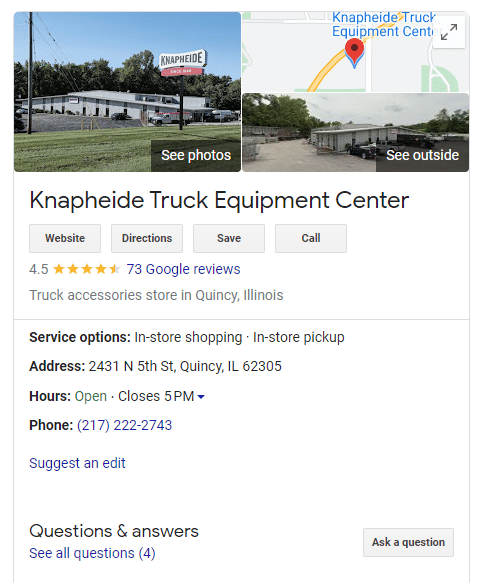Publish Date
October 3, 2023
Social Share
Your online reputation is crucial, when it comes to maintaining and growing your business. To your current and potential customers, it reflects the most important aspects of your business, like your values, customer service and product and service quality, and helps them determine if you're a good fit for their needs. And whether you like it or not, it's only going to become more important as more consumers turn to social media and online reviews to vet businesses and products.
This may lead you to wonder how you can protect and elevate your brand.
After all, it only takes one scathing review or comment online to tarnish the reputation you've worked so hard to build. That is, if it's not handled appropriately. And you can't just assume that no one will see it or that the situation will resolve itself because, unfortunately, it rarely works that way and the internet never forgets. (Cue the Wayback Machine.)
Instead, you'll need to monitor your digital footprint and proactively employ an online reputation management strategy.
What is online reputation management?
According to Semrush, "online reputation management, or ORM, is the process of managing and maintaining the public perception of a brand, business, or person online."
This public perception is formed through information available on one or more of the four channels:
Owned Media
Paid Media
Earned Media
Shared Media





Content that you create and control, usually located on your website, social media profiles and blog
Paid digital advertising
Mentions and reviews from customers and third-party websites
Content shared by others on social media
So, how do you manage your online reputation?
Managing your online reputation involves several steps.

1. Assess Your Owned and Third-Party Content
You'll want to start by conducting a thorough audit of your website, blog and social media profiles to ensure that all content is up-to-date, accurate, on-brand and easy to navigate. Pay special attention to "About Us," product or service pages and any other page(s) receiving high traffic. Then, do the same audit for the paid advertising you currently or will have running.
Next, you'll need to conduct a search for your business on all major search engines and social media platforms to see what comes up. This should reveal your earned and shared media. For earned media, pay special attention to popular review sites like Yelp and Google My Business. Take note of reviews or comments, inaccurate information and outdated content.
Once completed, you'll want to review your list and try to reach out and update the inaccurate and outdated content. Keep your list on comments and reviews, as they will be addressed in the final step.
2. Create a Process
Now that you've seen what's out there, it's time to devise a strategy on how you and your business will address concerns moving forward. Your ORM strategy should outline your:
-
- Schedule for monitoring your online presence
-
- Response plan for negative and positive feedback
-
- Team members responsible for each task
Helpful Tip: During this process, set up Google Alerts. They can keep you up to date on new content appearing online that mentions you.
3. Handling Feedback
Finally, it's time to implement your ORM process, starting with recent feedback that you've received and already logged in step one.
When you're responding:
-
- Be prompt: Respond to both positive and negative feedback in 24 hours or less, if possible.
-
- Be professional: Keep your company's tone when responding to feedback. This means you'll need to avoid becoming defensive or confrontational when responding to negative feedback and tone down on the emojis and excitement when answering positive ones, unless, of course, that's your company's style.
-
- Be thankful: Whether it's good or bad, be sure to thank posters for their feedback. The positive ones show everyone what you're doing right and the negative ones give you the opportunity to fix things and show your willingness to make things right.
And when you're responding to negative feedback, don't forget to:
-
- Show empathy
-
- Offer a solution
-
- Follow up
Helpful Tip: As you're going through and responding, try to create a list of frequently asked questions and their answers. By creating templated responses and saving them in a shared space, you can reduce the amount of time it takes you and your team to respond, all while increasing your brand's consistency.
What now?
Now that you have an ORM strategy and have started using it, keep it up! Consistently reviewing online content and interacting with feedback will be much more effective for influencing the public's perception of you than just sporadic efforts.





























